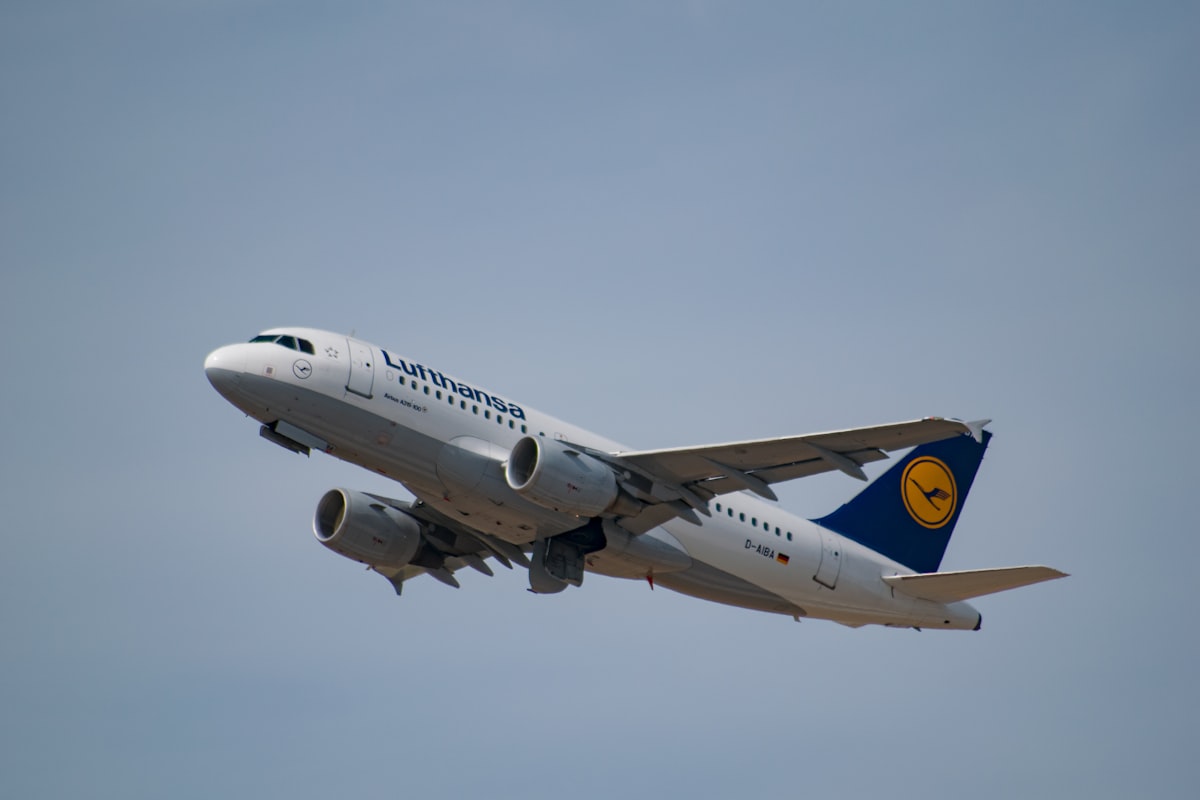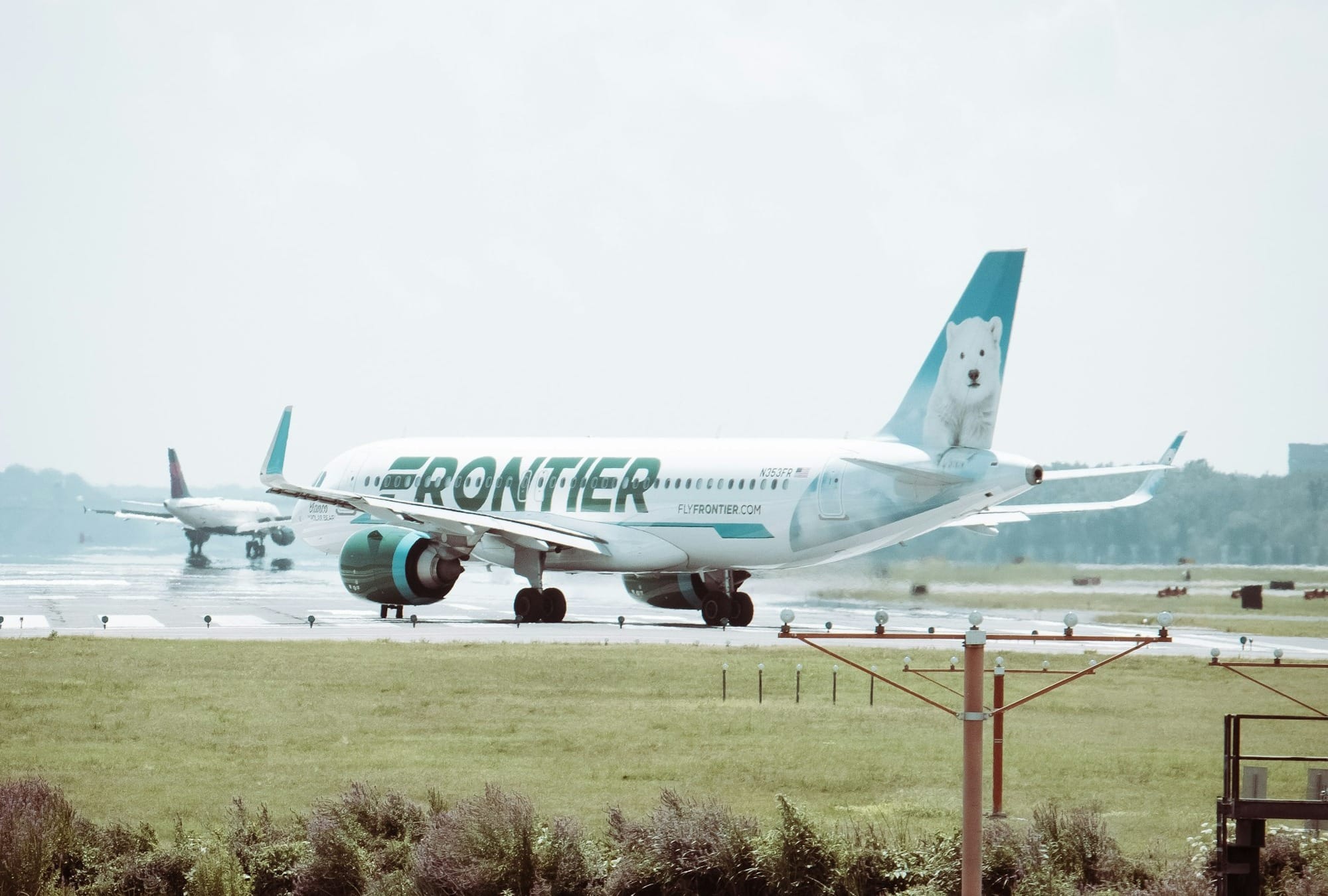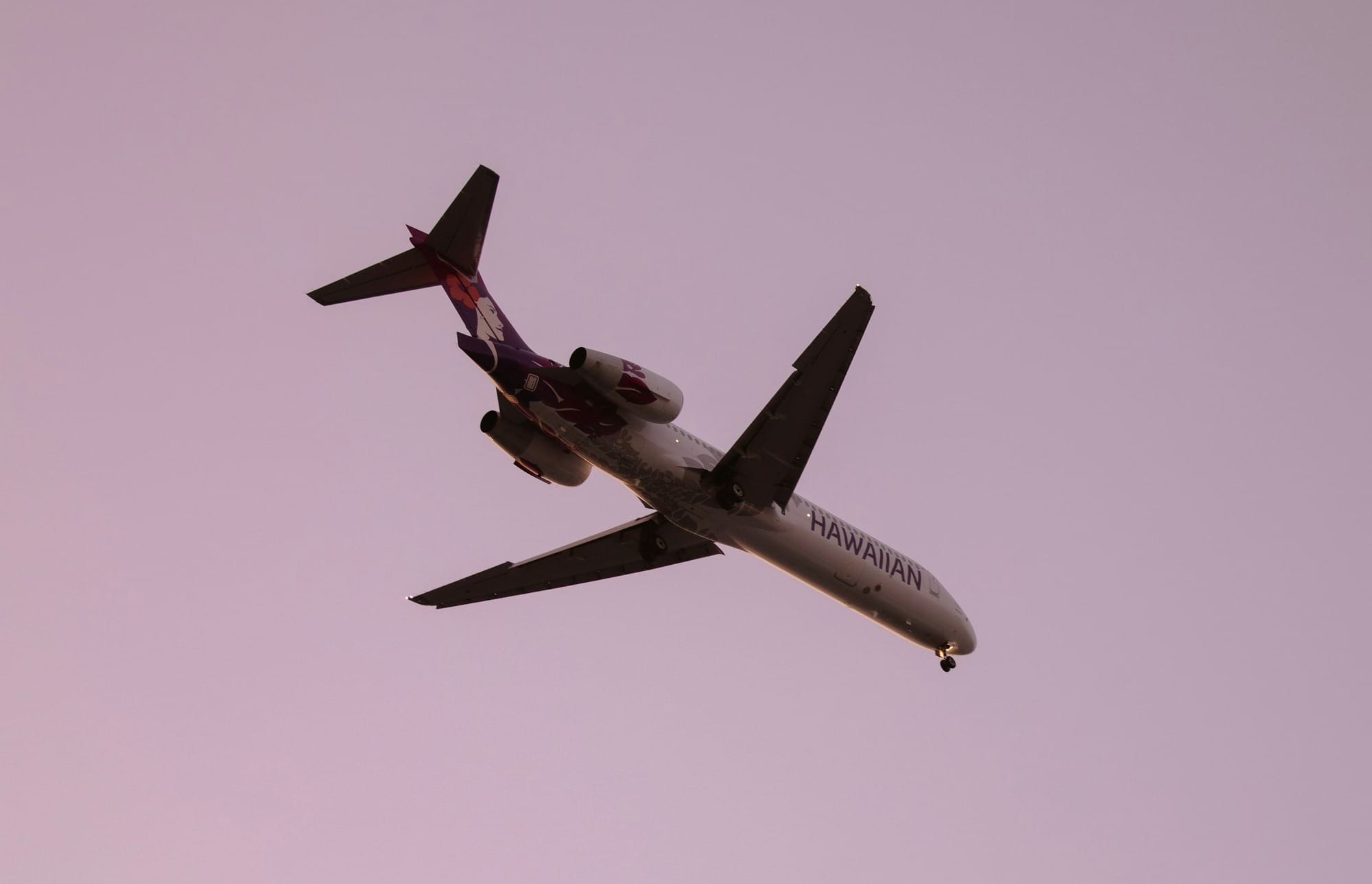Green Fares on Intercontinental Routes: Lufthansa's Pioneering Initiative
The aviation industry is at a pivotal juncture, with sustainability becoming an increasingly important factor for travelers worldwide. Lufthansa, a leading player in the industry, has taken a significant step by testing Green Fares on selected intercontinental routes.


Green Fares on Intercontinental Routes: Lufthansa's Pioneering Initiative
Key Takeaways:
- Lufthansa has introduced Green Fares on selected long-haul flights to promote sustainable travel.
- Over half a million passengers have opted for these eco-friendly travel options.
- The initiative reflects a growing consumer demand for sustainable travel solutions.
The aviation industry is at a pivotal juncture, with sustainability becoming an increasingly important factor for travelers worldwide. Lufthansa, a leading player in the industry, has taken a significant step by testing Green Fares on selected intercontinental routes. This initiative is not only a testament to Lufthansa's commitment to the environment but also highlights the changing preferences of passengers who are now more inclined to make eco-conscious travel choices.
Lufthansa's Commitment to Sustainability
Lufthansa has long been at the forefront of sustainable aviation practices. The introduction of Green Fares is a part of the airline's broader strategy to reduce its carbon footprint and promote environmentally friendly travel. These fares allow passengers to contribute to sustainability efforts, such as using sustainable aviation fuels (SAFs) and supporting carbon offset projects.
The uptake of Green Fares has been remarkable, with over half a million guests choosing this option. This significant number indicates a shift in consumer behavior and a willingness to invest in greener travel alternatives. Lufthansa's initiative serves as a model for other airlines to follow, potentially leading to a more sustainable future for the aviation industry.
Understanding Green Fares
Green Fares are a novel concept introduced by Lufthansa to make air travel more sustainable. These fares include a surcharge that directly funds the use of SAFs and carbon offsetting projects. SAFs are made from renewable resources and can reduce carbon emissions by up to 80% compared to traditional jet fuel.
The success of Green Fares is evident in the substantial number of passengers opting for them. This choice reflects a growing awareness and responsibility among travelers regarding their environmental impact. By selecting Green Fares, passengers become active participants in the fight against climate change.
Advertising
The Impact of Sustainable Aviation Fuels
Sustainable Aviation Fuels are a game-changer in the quest for greener skies. Lufthansa's investment in SAFs through Green Fares is a significant step towards reducing the aviation industry's reliance on fossil fuels. SAFs are not only better for the environment but also help in maintaining the industry's social license to operate amid increasing environmental concerns.
The adoption of SAFs by passengers via Green Fares demonstrates a market demand for sustainable travel options. This demand encourages further research and development in SAF technology, potentially leading to more efficient and cost-effective production methods that could revolutionize the industry.
Carbon Offsetting and Its Role
Carbon offsetting is another critical component of Lufthansa's Green Fares. It involves investing in projects that reduce or remove carbon dioxide from the atmosphere, balancing out the emissions produced by flights. These projects can range from reforestation to renewable energy initiatives.
The popularity of Green Fares suggests that passengers are not only interested in reducing their carbon footprint but are also willing to contribute financially to achieve this goal. This proactive approach by consumers is a positive sign for the future of carbon offsetting as a viable tool in mitigating aviation emissions.
The Economic Implications of Green Fares
Introducing Green Fares also has economic implications for the airline industry. While there is an additional cost associated with these fares, the strong uptake indicates that a significant segment of the market values sustainability enough to pay a premium for it.
This willingness to pay more for sustainable travel options could lead to an increase in investments in green technologies and practices. As airlines like Lufthansa continue to innovate, the industry could witness a shift towards more sustainable operations, driven by both consumer demand and economic viability.

Advertising
Consumer Demand for Sustainable Travel
The success of Lufthansa's Green Fares is a clear indication of the rising consumer demand for sustainable travel options. Travelers are becoming more environmentally conscious and are actively seeking ways to reduce their carbon footprint, even if it means paying a little extra.
Airlines that respond to this demand by offering sustainable travel options are likely to gain a competitive edge. Lufthansa's initiative could inspire other airlines to introduce similar programs, leading to a more widespread adoption of sustainable practices in the industry.
The Role of Technology in Green Fares
Technology plays a crucial role in the implementation and success of Green Fares. From the production of SAFs to the tracking and verification of carbon offset projects, technological advancements are essential for ensuring the effectiveness and transparency of these initiatives.
Lufthansa's use of technology to facilitate Green Fares sets a precedent for other airlines. By leveraging technology, the industry can provide passengers with more sustainable travel choices and contribute to the global effort to combat climate change.
The Future of Air Travel
The introduction of Green Fares by Lufthansa is a glimpse into the future of air travel. As sustainability becomes a priority for consumers and businesses alike, the aviation industry must adapt to meet these new expectations. Green Fares are just the beginning of what could be a transformative period for air travel.
The positive reception of Green Fares suggests that passengers are ready for this change. Airlines that embrace this shift towards sustainability will not only benefit the environment but also position themselves favorably in a market that increasingly values eco-friendly practices.
Advertising
Lufthansa's Global Influence
Lufthansa's testing of Green Fares on intercontinental routes has implications beyond the airline itself. As a global leader in the aviation industry, Lufthansa's actions set trends and influence the practices of other airlines. The success of Green Fares could encourage other carriers to adopt similar measures, leading to a more sustainable aviation sector worldwide.
The airline's initiative demonstrates that sustainability and profitability can go hand in hand. By appealing to the environmentally conscious traveler, Lufthansa is paving the way for a new era of responsible air travel.
Summary
Lufthansa's testing of Green Fares on selected long-haul flights marks a significant step towards more sustainable travel offerings. With over half a million guests opting for these eco-friendly options, it's clear that there is a strong demand for sustainable travel solutions. The initiative not only contributes to the reduction of carbon emissions through the use of SAFs and carbon offsetting but also reflects a shift in consumer behavior towards environmental responsibility. As the aviation industry continues to evolve, Lufthansa's Green Fares could serve as a catalyst for widespread change, leading to a greener future for air travel.
FAQ Section
Q: What exactly are Green Fares? A: Green Fares are special ticket options offered by Lufthansa that include a surcharge used to fund sustainable aviation fuels and carbon offset projects, helping to reduce the environmental impact of air travel.
Q: How do Sustainable Aviation Fuels (SAFs) reduce emissions? A: SAFs are made from renewable resources and can reduce carbon emissions by up to 80% compared to traditional jet fuel. They are a cleaner alternative that helps to mitigate the environmental impact of flying.
Q: Why are consumers choosing Green Fares despite the additional cost? A: Consumers are increasingly aware of their environmental footprint and are willing to pay a premium for travel options that align with their values. The choice of Green Fares reflects a growing demand for sustainable travel solutions and a willingness to contribute to environmental conservation efforts.



